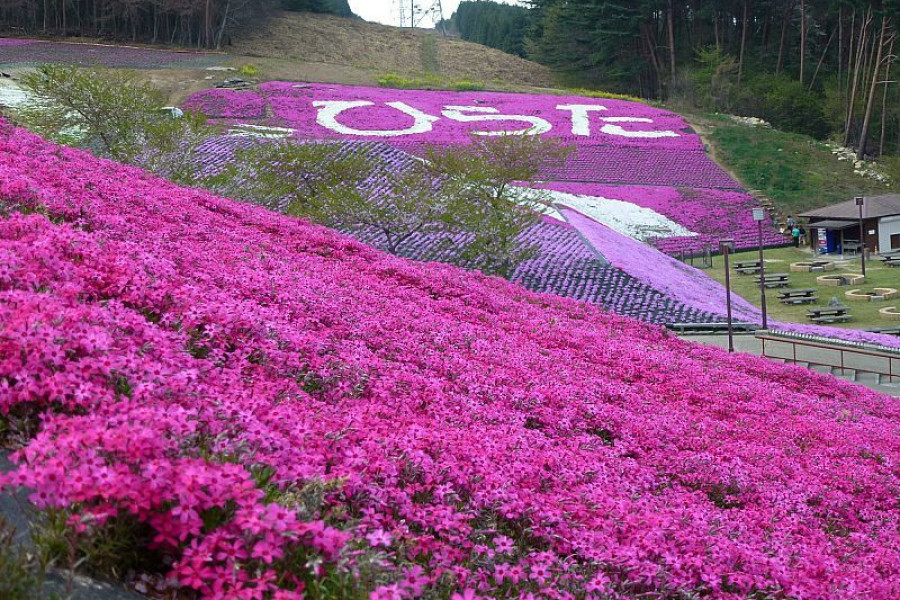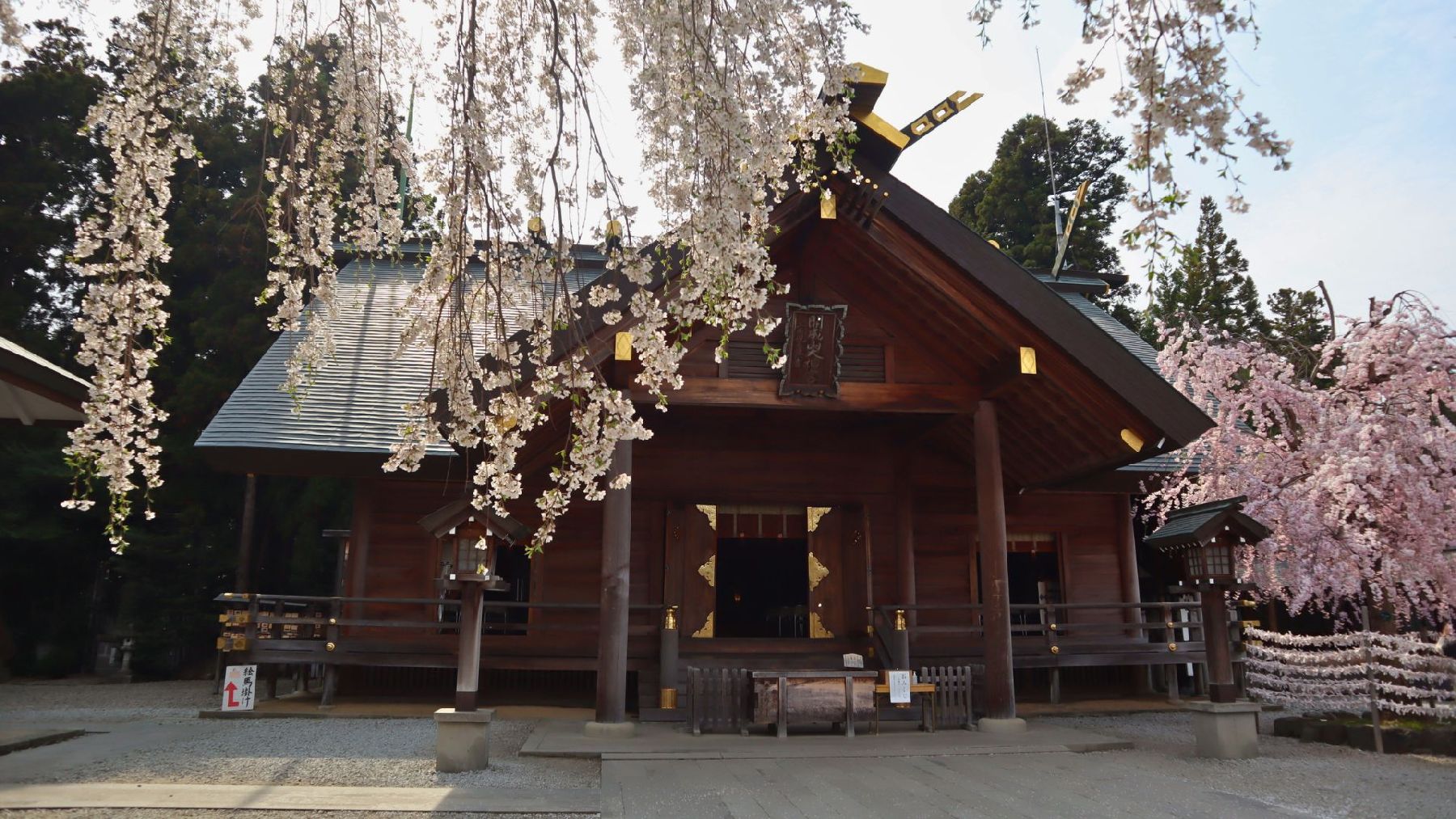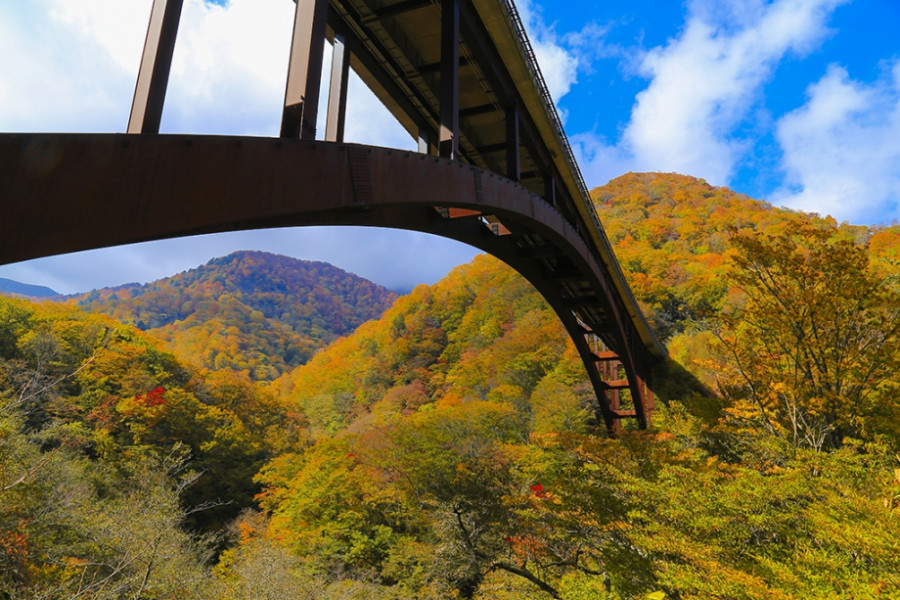
Takayashiki Inari Shrine
Located just east of Koriyama City, Takyashiki Inari Shrine is one of Fukushima's most striking shrine complexes. Roughly one hundred red torii gates line rows of stairs leading to the main shrine building, which features both a grey marble torii in the rear and a small koi pond. A family of chickens roost in a nearby hutch and roam free around the grounds during the day. The shrine is distinctive as an inari shrine thanks to its myriad fox statues, each of which represents a messenger of the kami Inari, said to be the watchful protector over rice farmers.The shrine grounds are free to enter and offer pleasant views over the surrounding countryside.







